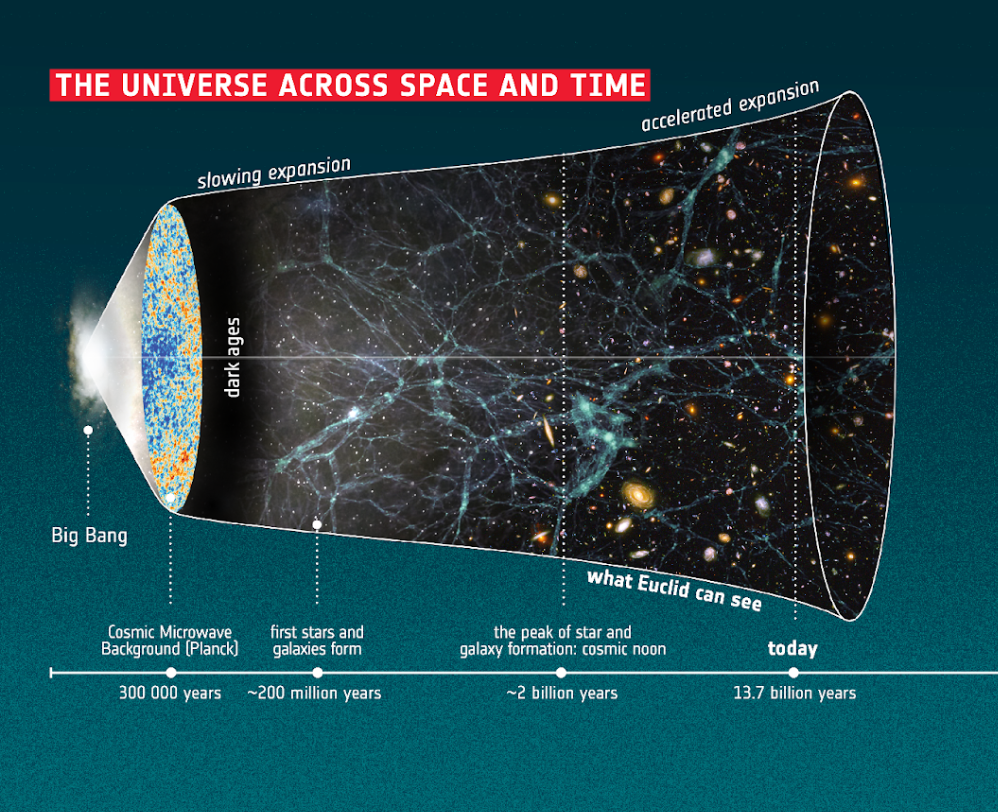
Galaxies are complex systems. Researchers at the observatory study the physical processes underlying their formation and evolution. We ask how galaxies built up their mass in terms of dark matter, gas, and stars through star formation and merger events over cosmic time. How did supermassive black holes form at the centers of galaxies at high redshift? How did active black holes impact the star formation history, and the galaxy as a whole? To study galaxy evolution, we use data across the electromagnetic spectrum with photometric and spectroscopic measurements from the radio, to optical, and X-ray frequencies with facilities including NASA James Webb Space Telescope, ESO VLT, Large Binocular Telescope, William Herschel Telescope WEAVE-StePS, 4MOST.
Galaxies form a large-scale structure made up of groups, clusters, filaments, and empty voids. One of the principal lines of research aims to understand how the environment around a galaxy influences its properties through physical mechanisms. In this research, galaxy clusters play an important role. Galaxy clusters are massive systems of dark matter, hot intracluster gas, and galaxies. At the observatory, researchers study clusters across the spectrum from the radio to optical, and X-ray frequencies to gain a comprehensive view of their properties and formation histories. We measure the chemical composition of the intracluster gas to understand how the cluster environment was enriched by galactic outflows and the interplay between galaxies and their environment. This work makes use of space telescope facilities including NASA Neil Gehrels Swift and ESA XMM Newton.
The observatory is involved in galaxy surveys to map the distribution of galaxies across redshift, including the ESA Euclid space telescope. We use these maps to identify voids, filaments, and galaxy clusters at high redshift to gain insight into their formation and evolution over cosmic time. Survey maps also provide a sensitive probe of the cosmological model. On the largest scales, galaxies trace the underlying matter distribution in the Universe. Researchers at the observatory make use of survey data and simulations to infer the dynamics of cosmic acceleration by dark energy and the growth of structure under gravity.
Staff
Andreon Stefano
Caccianiga Alessandro
De Grandi Sabrina
Della Ceca Roberto
Delvecchio Ivan
Ditrani Fabio
Granett Benjamin
Ighina Luca
Iovino Angela
Longhetti Marcella
Saracco Paolo
Severgnini Paola
Trinchieri Ginevra
Veropalumbo Alfonso
Wolter Anna
